The annual UN climate summit, COP28, brought together over 100,000 delegates, making it the largest COP in history, where much-anticipated global initiatives were launched and agreements were reached to advance towards net-zero.
Climate action in the built environment is necessary, but it does not impact everyone equally, and a singular focus on the green transition risks exacerbating global inequality.
This meeting report is analysis from IHRB’s built environment team, who share the key milestones reached at last year’s COP28; milestones to help us on the path to decarbonising the built environment in ways that protect human rights and advance social equity.
New initiative for the universal adoption of near-zero emission buildings
A significant milestone was the launch of the Buildings Breakthrough, an initiative aiming for the universal adoption of near-zero emissions buildings by 2030. Launched at COP’s built environment-themed day, the initiative seeks to enhance international cooperation in decarbonising the built environment and making sustainable solutions the most affordable, accessible, and attractive option worldwide.
During the Breakthrough's launch, the United Nations Environment Programme’s (UNEP) Executive Director Inger Andersen stressed the importance of renovation and repurposing over new construction, underlining the potential for the built environment sector to generate new jobs. While retrofitting and repurposing align with both environmental and social approaches, most of the session worryingly lacked explicit social or human rights considerations, with limited recognition of the risks associated with a singular focus on decarbonisation. Throughout our participation at COP28, we advocated for a social justice-led approach which can concurrently reduce carbon emissions and inequalities, broadening support for and ultimately accelerating climate action. We, therefore, welcomed statements made by the US representative Ali Zaidi during the breakthrough launch that placed the focus on built environment decarbonisation being worker-centred, people-centric, and community-centred – ensuring the outcomes of the transition are driven by justice and worker empowerment.
Upholding a human rights and just transition approach to the decarbonisation of the built environment
At the event "Urban Evolution: Championing tomorrow's low carbon and resilient human settlements and transport networks," organised by UNFCCC’s Marrakech Partnership for Global Climate Action, we addressed the need for a just transition approach in the decarbonisation of human settlements. Highlighting the significant environmental impact of the built environment, which contributes 36% of greenhouse gas emissions and over 35% of the EU's total waste generation, we suggested that the slow progress is in part due to the absence of a human rights approach. This absence has led to resistance from communities that feel left behind, with vulnerable population groups bearing a disproportionate burden and costs of the transition.
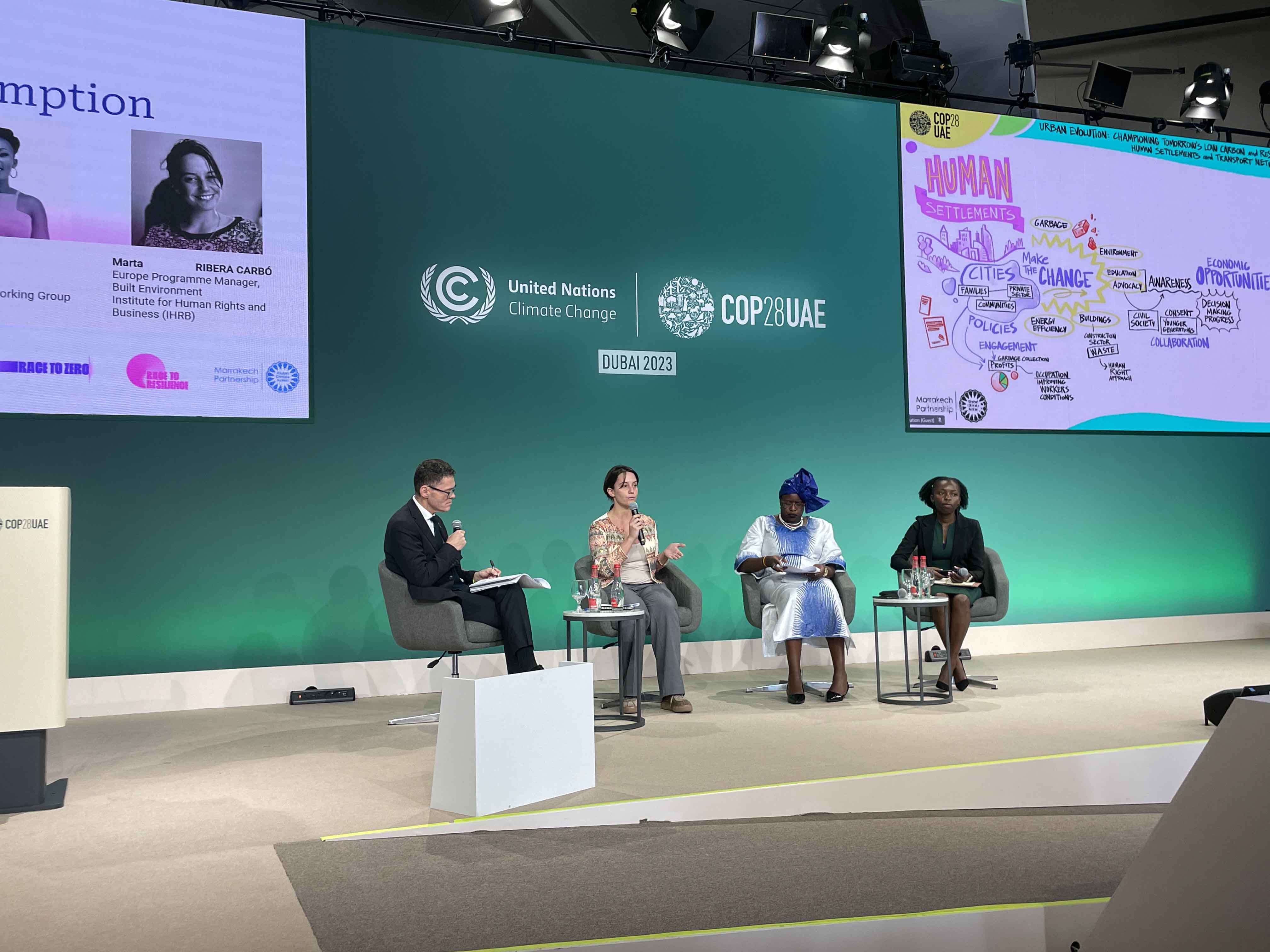
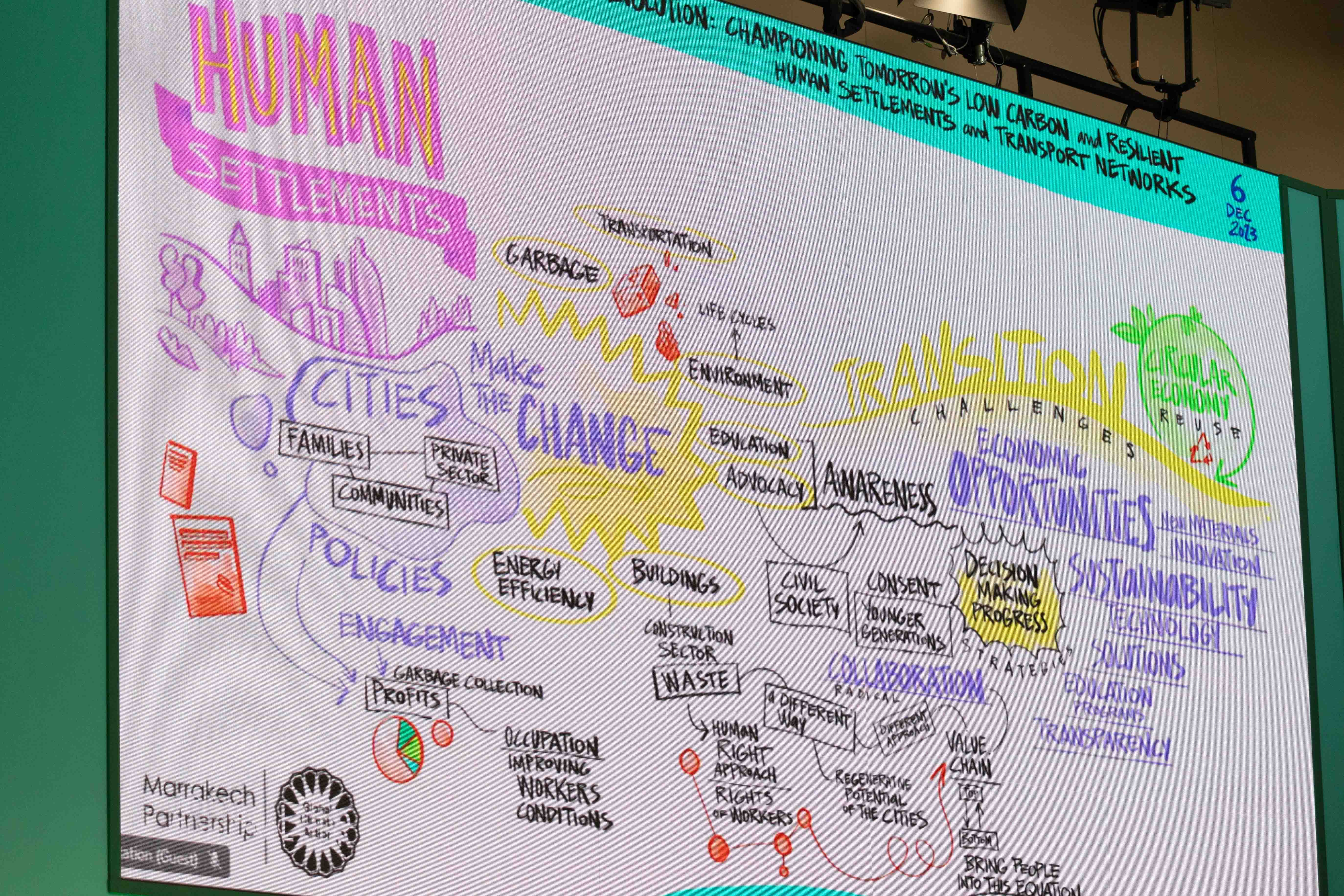 Photo credit: © 10 Billion Solutions / Rosa Castaneda
Photo credit: © 10 Billion Solutions / Rosa Castaneda
During the discussion, the panellists addressed the complex challenges in waste management in cities, and in the construction industry in particular. To make sure that policies are inclusive and effective, panellists highlighted that they should be elaborated in stronger collaboration with CSO and grassroot organisations, and that public-private collaborations presented an opportunity to enhance waste collection and management.
As IHRB, we specifically underscored the integral role of the “just transition” approach. Originating from trade unions, the 'just transition' concept prioritises social dialogue, workplace rights, and a human rights foundation. By emphasising the essential link between decarbonisation actions and workers' rights, we outlined the risks associated with an unjust transition, such as increased labour rights breaches.
There is an inseparable link between environmental and social sustainability, with the success of the green transition depending on how well human rights protections are integrated into net-zero initiatives.
Creating narratives and locally-tailored pathways for a just transition
The challenges and opportunities in delivering a just transition vary according to the local context. Incorporating local insights to develop appropriate recommendations, measures, and policies is central to our Building for Today and for the Future project, where deep-dive research is conducted in eight different cities by locally established teams.
At COP28, we highlighted the importance of engaging communities in this process by developing narratives highlighting the impact of climate action policy and projects on their lives. We also suggested that art provides a unique means to translate often distant concepts, like just transition, retrofitting, or green gentrification, to a wider audience.
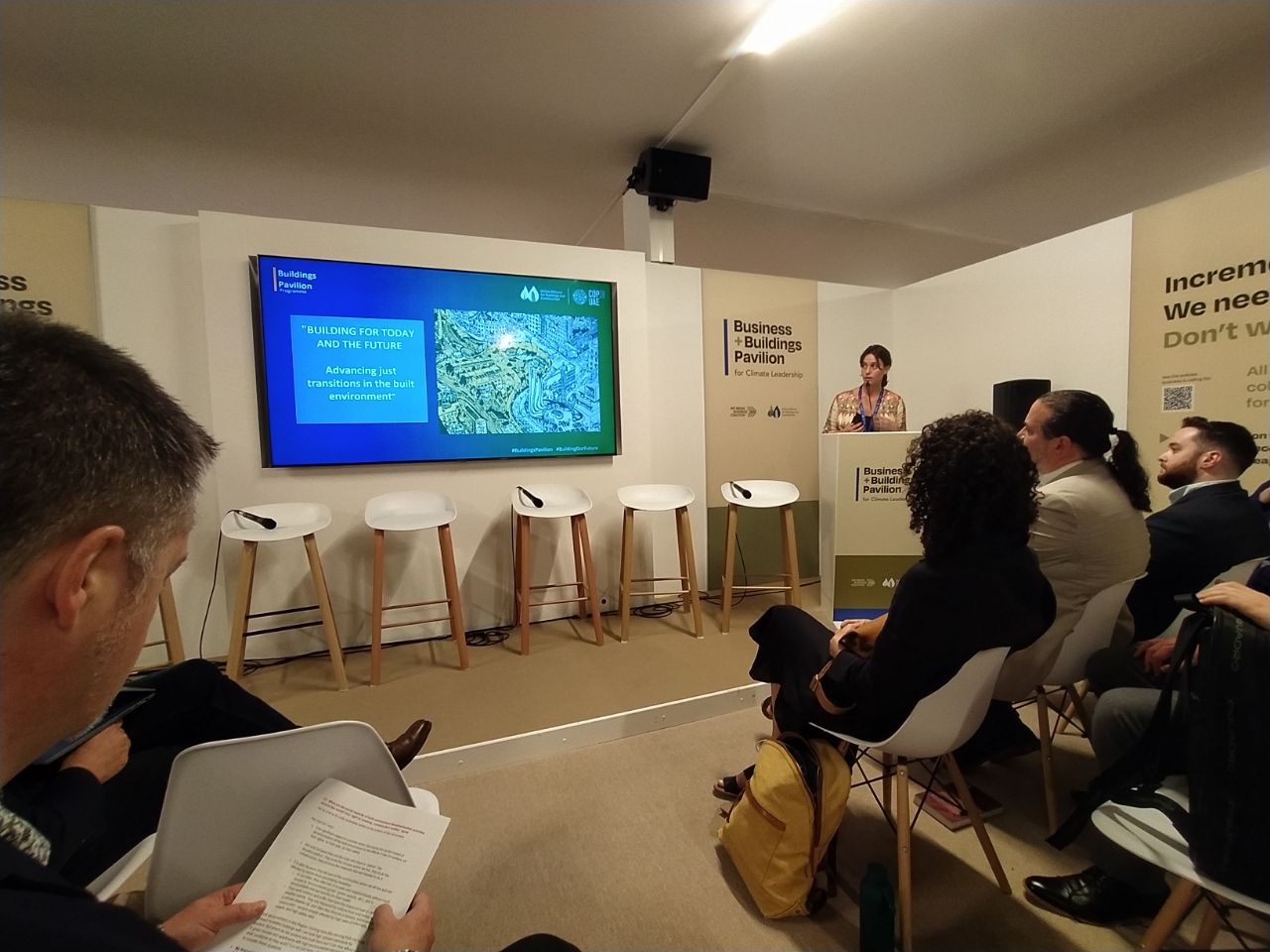
The Building for Today and the Future Project builds on these ideas by co-creating visions of what a just transition looks like in local workshops, and working with local artists to reflect the discussion’s findings in original art pieces. As a result of this project, we were delighted to share our roaming art exhibition at COP28, which showed visions for a just transition in Lisbon, Prague, Melbourne, Lagos, Copenhagen, and Jakarta in six art pieces.
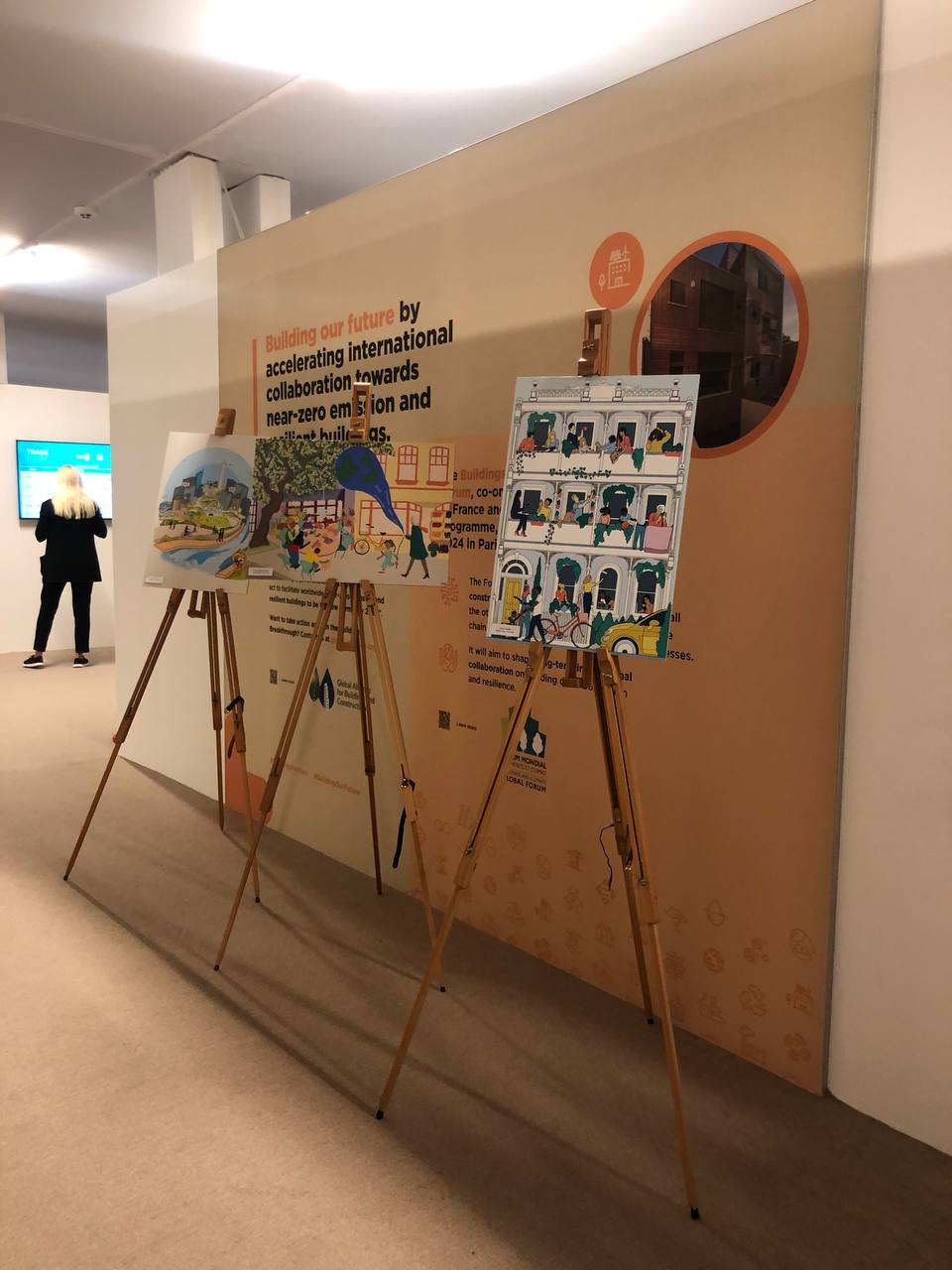
We had the opportunity to stress both the need for locally based approaches and narrative creation through art at the “One Size Fits No One: rethinking the just transition from forests to cities” event. During the panel, we shared how local communities are teaching us how best to deliver sustainable and affordable buildings, neighbourhoods and cities, and panellists showcased examples of the challenges and opportunities that the diverse local realities pose in the decarbonisation actions, such as the application of building codes or the use of bio-based materials and traditional building techniques. Participants and panellists discussed public procurement and regulations’ capacity to change practice in the sector, for instance, by incorporating conditions in tenders that facilitate access to public service bids for local producers that already adopt socially and environmentally responsible practices, while also providing an inverse penalty to the producers that have not yet incorporated them.
Challenges and opportunities for workers
At “Balancing Beams: Shaping a Fair and Sustainable Future for Construction Workers, Housing, and the Climate, we moderated and discussed human rights opportunities and challenges for workers in the construction industry and throughout the supply chain, exploring the challenges for tenants, city dwellers, and civil society in enabling change in the BE, and we discussed what role each sector should play.
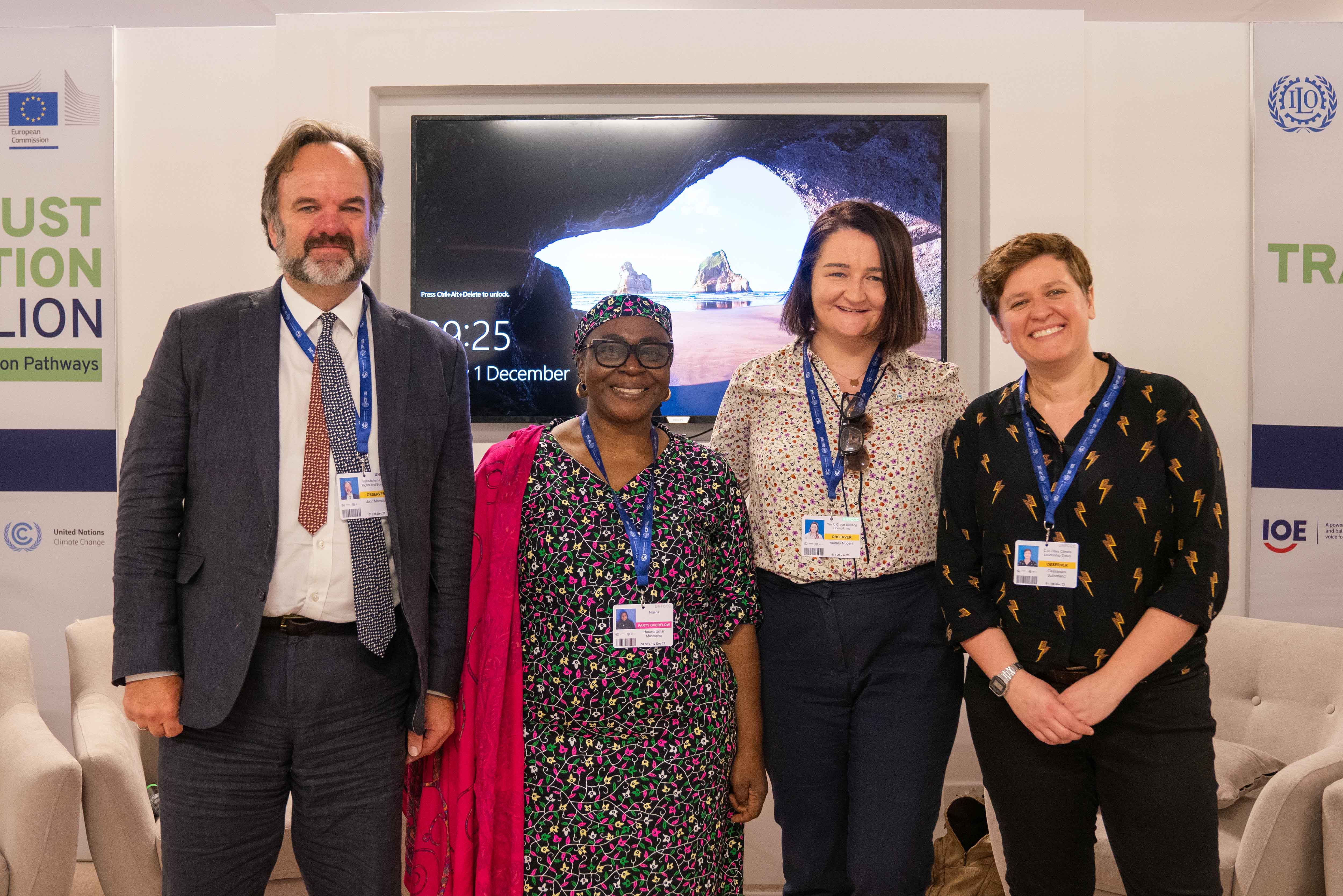
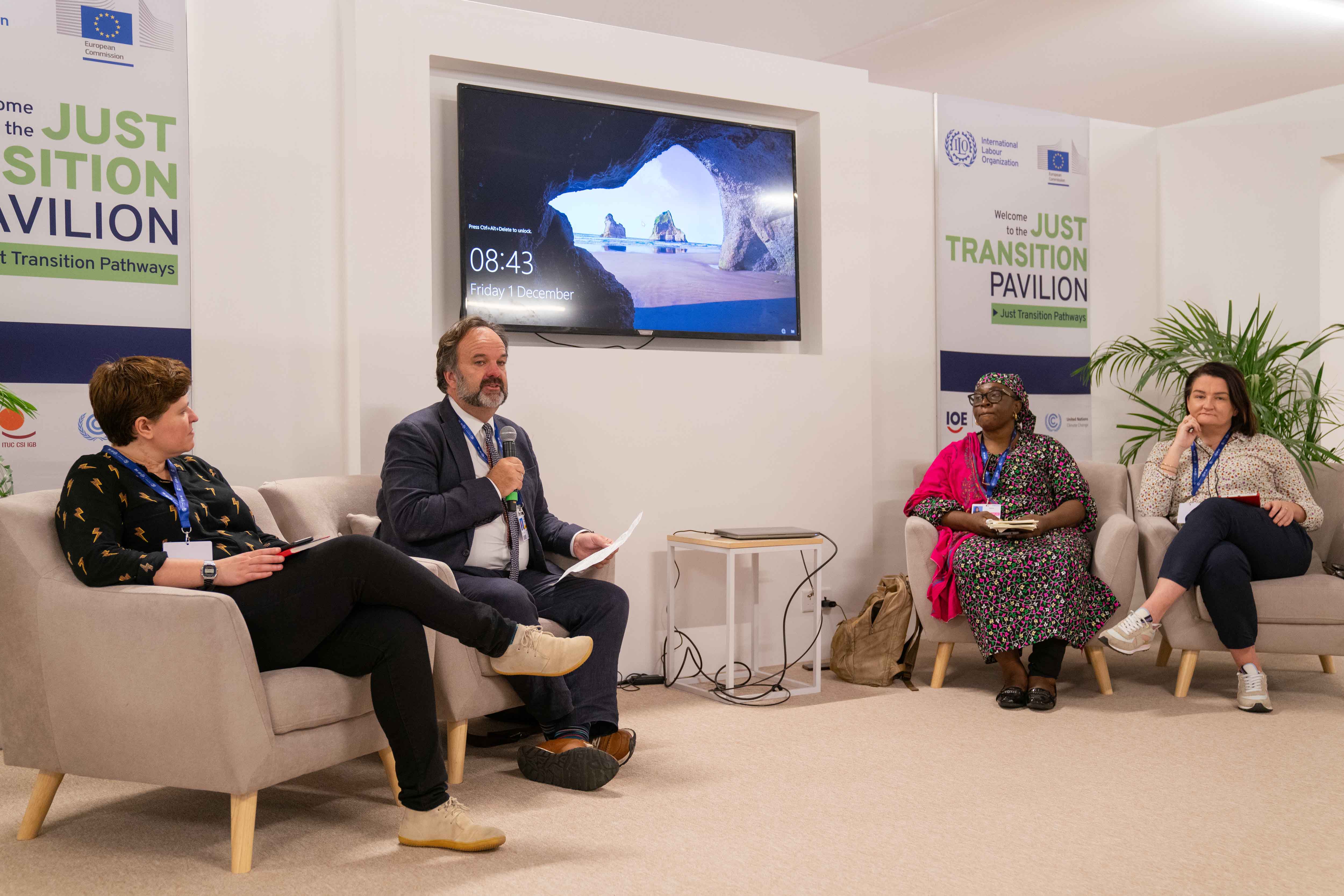 Balancing Beams pictures (Leo Alfonso / ILO)
Balancing Beams pictures (Leo Alfonso / ILO)
The discussion highlighted how emerging populist narratives pit decarbonisation against equity, green homes against housing affordability and green jobs as elitist. This could not be further from the truth, as marginalised communities are already suffering the catastrophic consequences of human-induced climate action, and without climate action inequality will continue to rise. Green homes and jobs are the only way we will avoid mass homelessness and unemployment, but we have to ensure that policies are targeted at those most in need, and our Dignity by Design framework provides a robust template for this.
Overall, COP28 provided a landmark moment for the built environment with the launch of the Buildings Breakthrough initiative. However, to achieve its ambitious vision, a just transition and human rights approach must sit at its heart. We hope that our work, from the Dignity by Design framework to our city research and local visioning art can inspire this next step towards equitable decarbonisation.


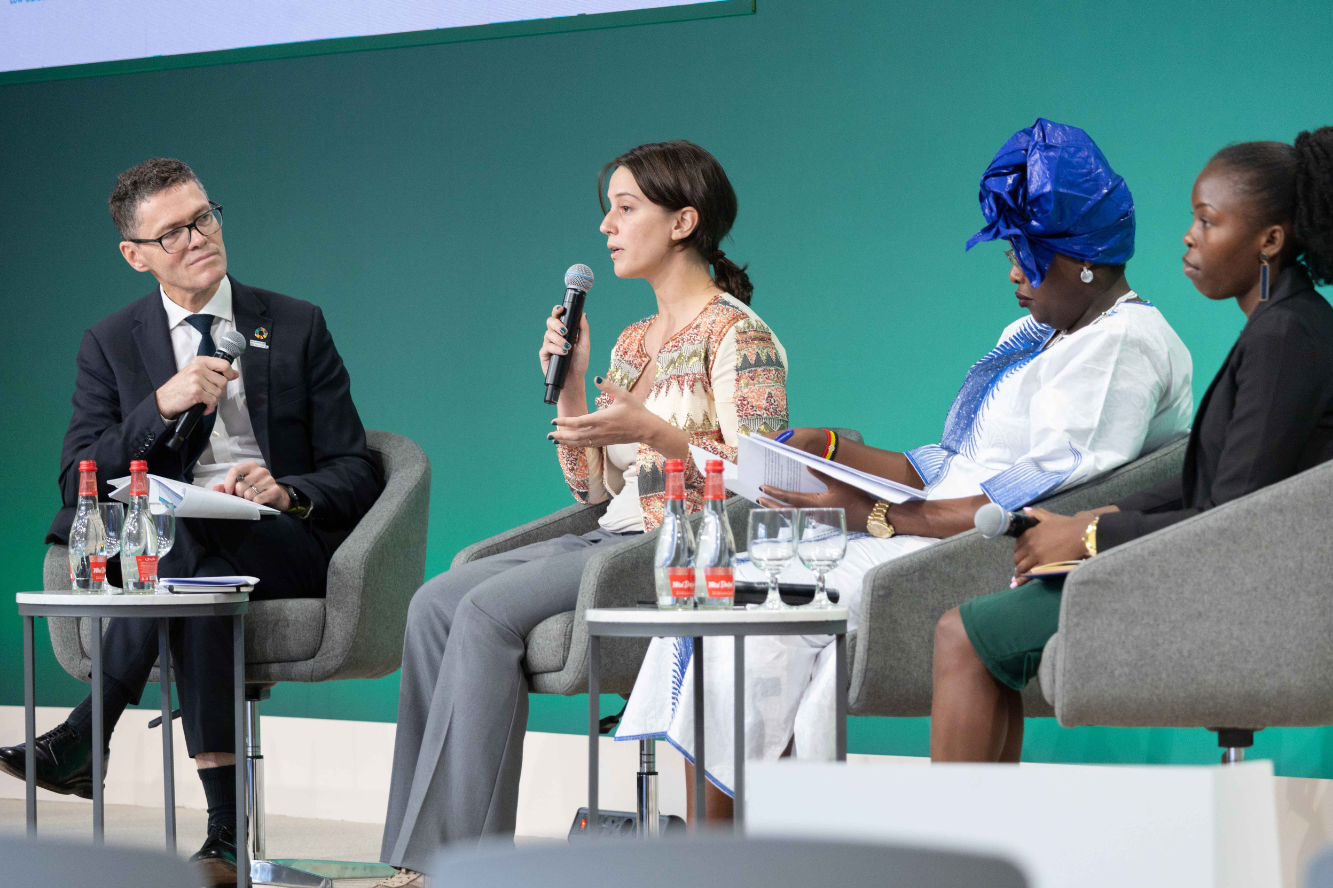
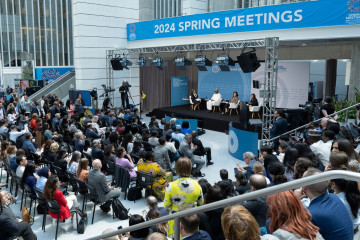


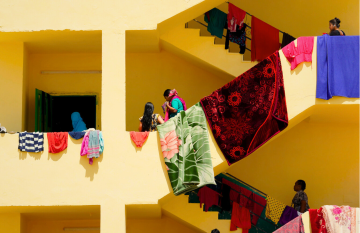
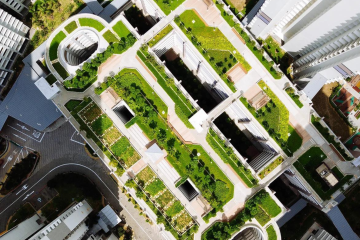
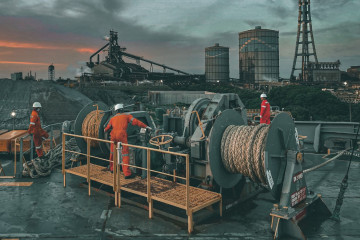
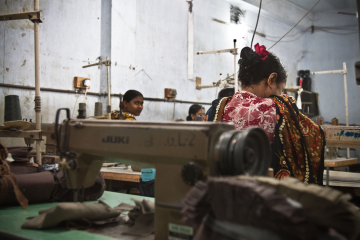

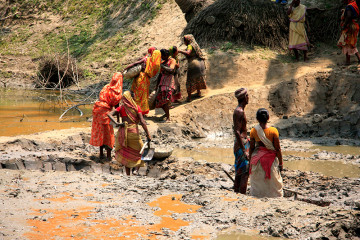
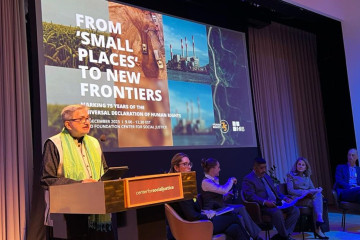
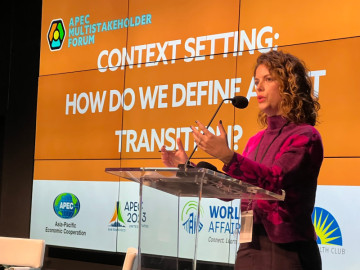
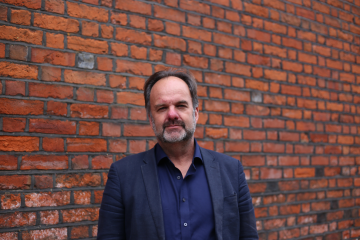

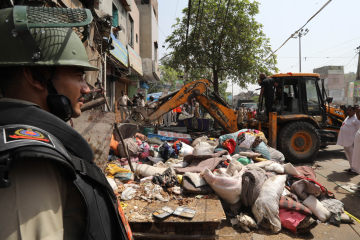


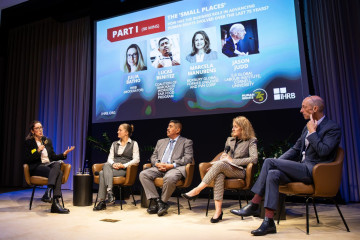

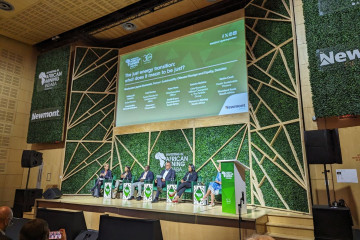

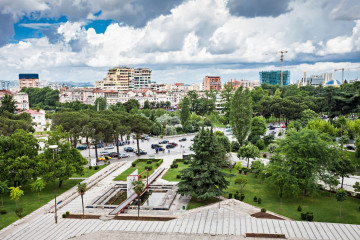
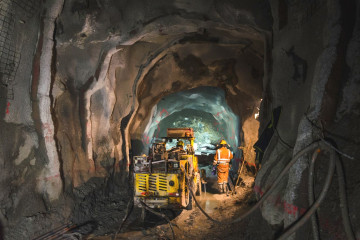
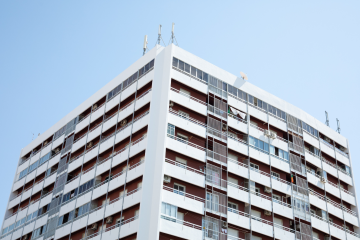

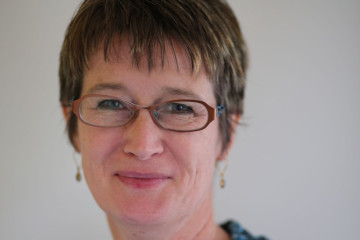
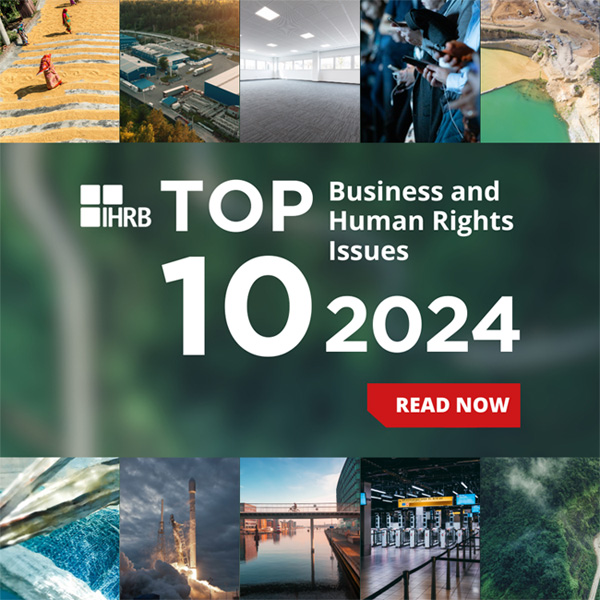
The perception of ‘value’ needs to change if the World Bank’s mission is to succeed
Last week we attended the Spring Meetings of the World Bank and International Monetary Fund (IMF) in Washington, D.C. The annual IMF-World Bank meetings bring together finance ministers and central bankers from all regions as a platform for official...
26 April 2024 | Commentary
Commentary by Vasuki Shastry, Author, ESG/Strategic Communications Expert; International Advisory Council, IHRB Haley St. Dennis, Head of Just Transitions, IHRB